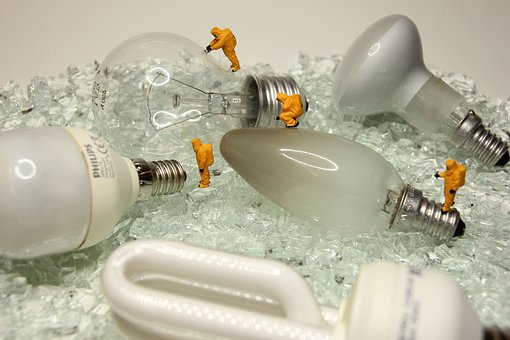OFFICE LIGHTING: INCREASE THE EFFICIENCY AND WELL-BEING OF YOUR EMPLOYEES
OFFICE LIGHTING: INCREASE THE EFFICIENCY AND WELL-BEING OF YOUR EMPLOYEES
Industrial lighting and especially office lighting can help increase the productivity and efficiency of employees, but also improve their comfort and well-being at work. Light influences human emotions and helps keep employees healthy while stimulating the creative process. On the other hand, poor lighting is a risk for safety and quality of work. Let's take a look together at the benefits of having the right office lighting, and how your office lighting can affect the well-being and efficiency of your employees.WHAT ARE THE ADVANTAGES OF ERGONOMIC LIGHTING IN COMPANIES?
Better health
Daylight is a type of light that is important. Indeed, the nature and quality of natural light have the effect of stimulating and motivating the human body, even if in practice it is not a question of staying outside all day long.Besides, just look out to appreciate the light and the heat to feel the positive effects on the body. The color, brightness, and intensity of daylight and its incidence vary according to time and season, geographical location and weather conditions.It is, therefore, necessary to use daylight lamps to benefit from positive effects on health. This has the effect of increasing energy and concentration while fatigue is less intense. It also helps prevent sleep problems. It is possible to obtain effects similar to those of daylight using the conventional and natural way. In addition, it is advisable to take regular breaks to make a few minutes of walking outside and enjoy the natural light to boost metabolism.
Boosted productivity
According to surveys, productivity in daytime lighting conditions at the workplace is higher than in the case where a desk lamp provides the necessary lighting. Because of artificial light, the human hormone system tends to release more stress hormone, which has a negative impact on the immune system. As a result, the offices should be located near the windows as much as possible so that employees can enjoy natural light. When this is not feasible, it is necessary to use ergonomic lighting, with the ideal color temperature. During very concentrated work phases, a color temperature of 5,500 to 5,600 Kelvin must be chosen, which corresponds to that of the sun at the zenith. Then, it is possible to dim the light as needed.Greater concentration
The color temperature influences the well-being and concentration of employees. It should be known that the light perceptible per eye varies from red to purple. Daylight has a slightly bluer tone in the morning and turns red at sunset. From a physiological point of view, the higher the color of the light, ie cold and bluish, the more active is the biological rhythm. There are, however, some cases where a very bright light such as the "daylight" white which is about 6,000 Kelvin is perceived as too dazzling. It is therefore advisable to opt for slightly less bright neutral white lighting of around 4 000 Kelvin for workstations where computer tools are used.Cost reduction
It is now well known that light sells. In some businesses, for example, lighting is used to make profits. For example, some horticulturists use specific lighting so that their plants grow better, while farmers use the reproduction of day and night cycles within farms to reduce meat production times.The same principles can be applied to workplace lighting to increase employee productivity and reduce costs.

Comments
Post a Comment